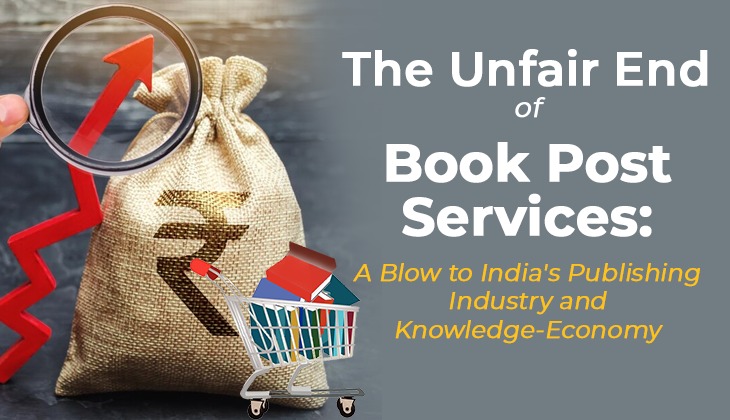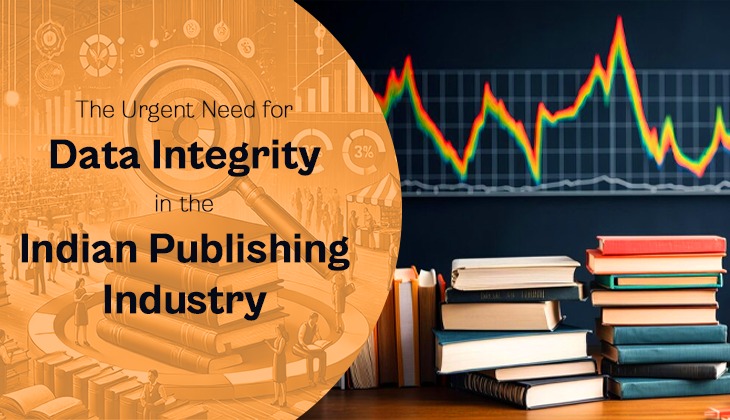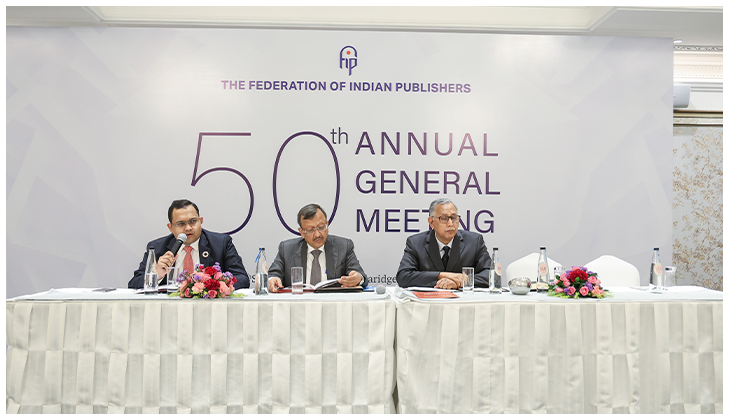Indian publishing industry is growing stronger day by day. With the present insights, the Indian publishing sector is the third largest nation in English language publishing and the sixth largest nation in book publishing. With time technology has transformed the publishing industry both inside and out, but the next big question is will the publishing industry sustain in this Internet age. Like the Internet, printing on demand and ebooks are the main drivers of the change, impacting all aspects of the publishing value chain from the way books are published, to the way books are distributed (electronic marketplaces) and sold (e-tailers) and read (electronic books). Technology has transformed the publishing industry since when the first wave came in typesetting and printing, which make these processes faster, easier and eventually cheaper. Next came the use of technology for dissemination and outreach where email got added and now the social media is taking it ahead.
While thinking about the eventual fate of academic publishing, a not insignificant rundown of reeling issues will come into the picture. Like changes in technology, the arrival of open access journals, a growth of databases, arrival of data aggregators and rising cases of fraud in academic publishing.
Since academic publishing is experiencing different changes from print to electronic format, there has been a shift from licensing of electronic resources, particularly to the open access of journals via the Internet. The Internet has encouraged self-archiving in which authors themselves make a copy of their published articles available free for all on the web.
The process of academic publishing begins when authors submit a manuscript to a publisher, is divided into two distinct phases: peer review and production. The process of peer review is organized by the journal editor and is complete when the content of the article, together with any associated images or figures, is accepted for publication. The peer review process is increasingly managed online through the use of proprietary systems, commercial software packages, or open source and free software. And the production process is controlled by a production editor or publisher, then passes through copy editing, typesetting, inclusion in a specific issue of a journal, and then printing and online publication. Academic copy editing seeks to ensure that an article conforms to the journal’s house style, that all of the referencing and labeling is correct, and that the text is consistent and legible; often this work involves substantial editing and negotiating with the authors.
The last decade appears to have caught many academic publishers by surprise. Rise in the number of alternative ways to access research combined with falling confidence in the research integrity has produced a seismic shift in the industry. The future of academic publishing in India is a revolution or an evolution into something bigger and better?
Signing off, with this question.



